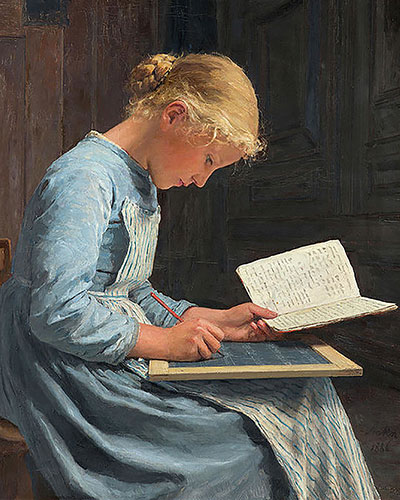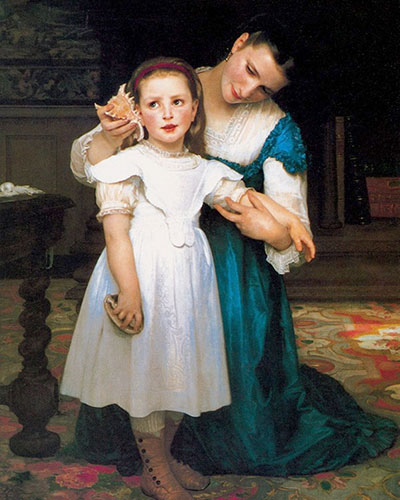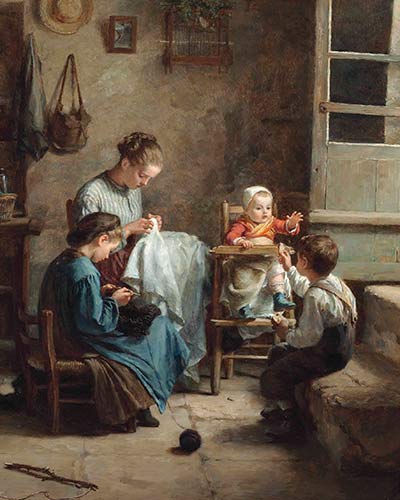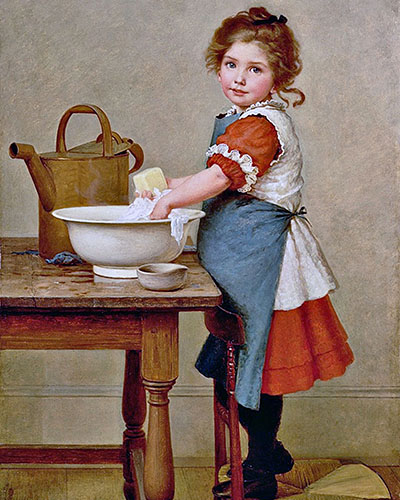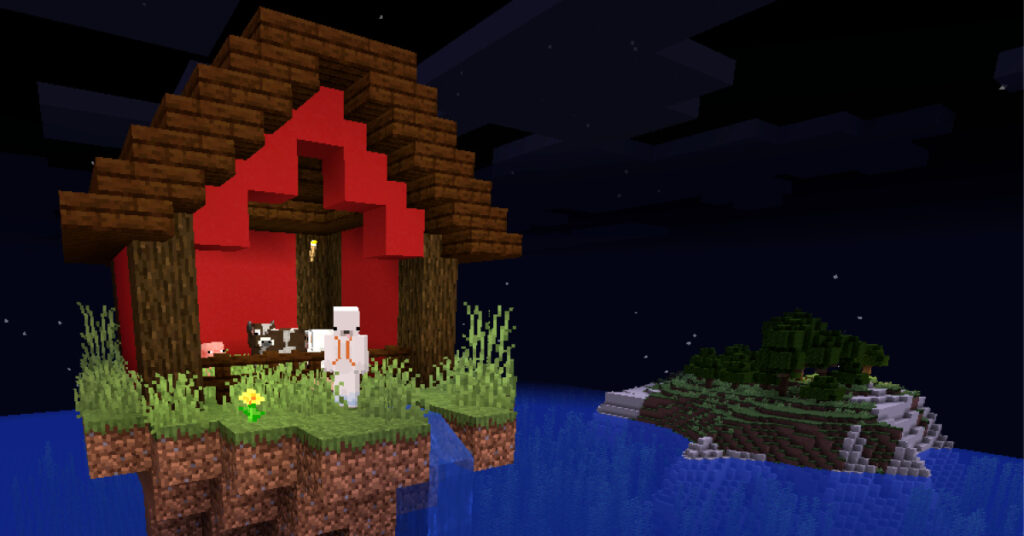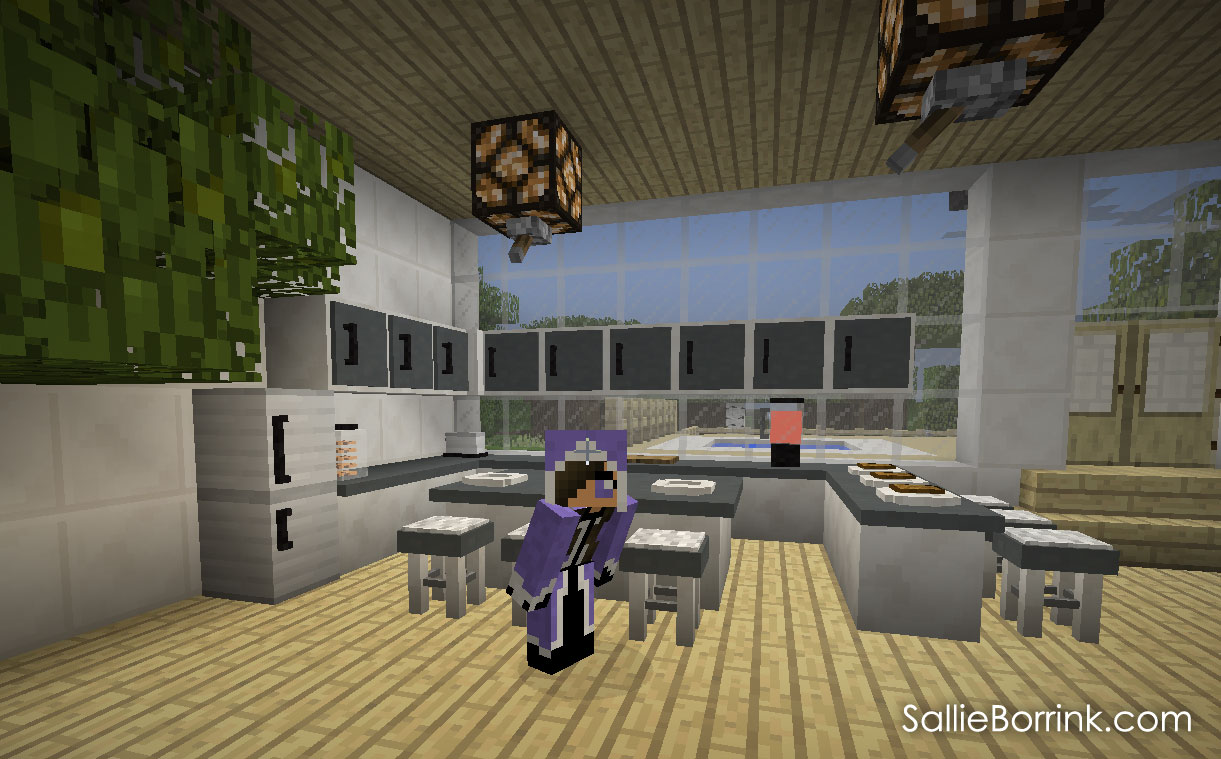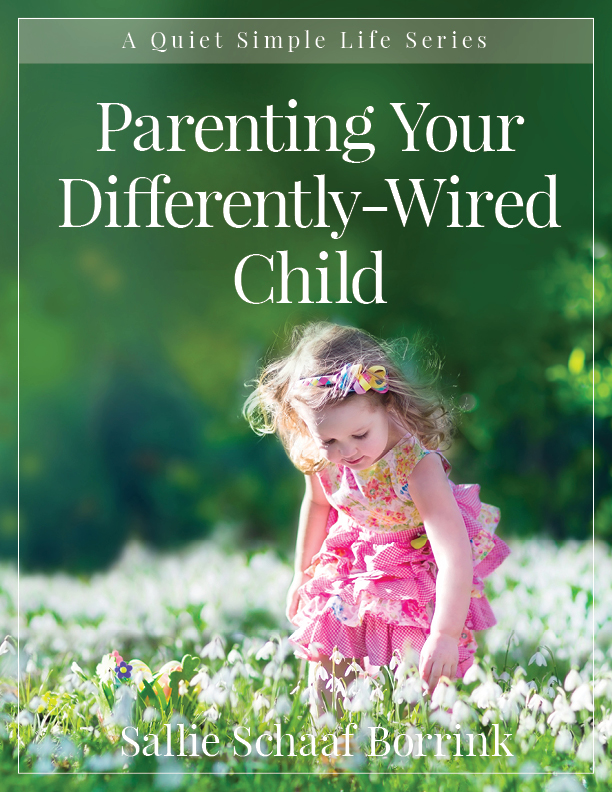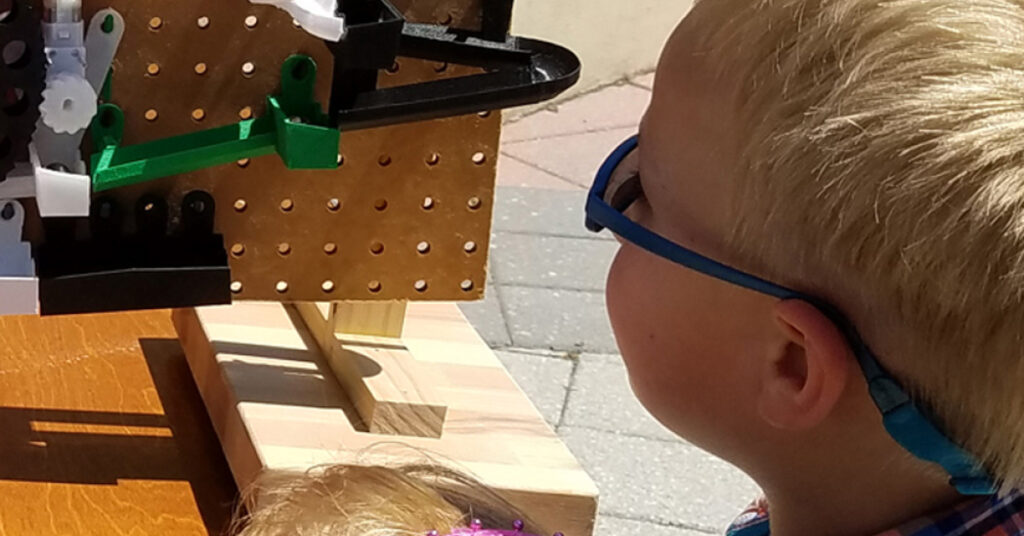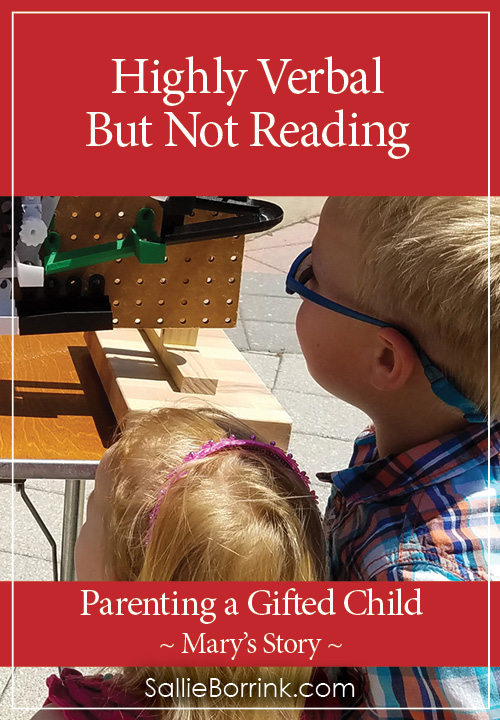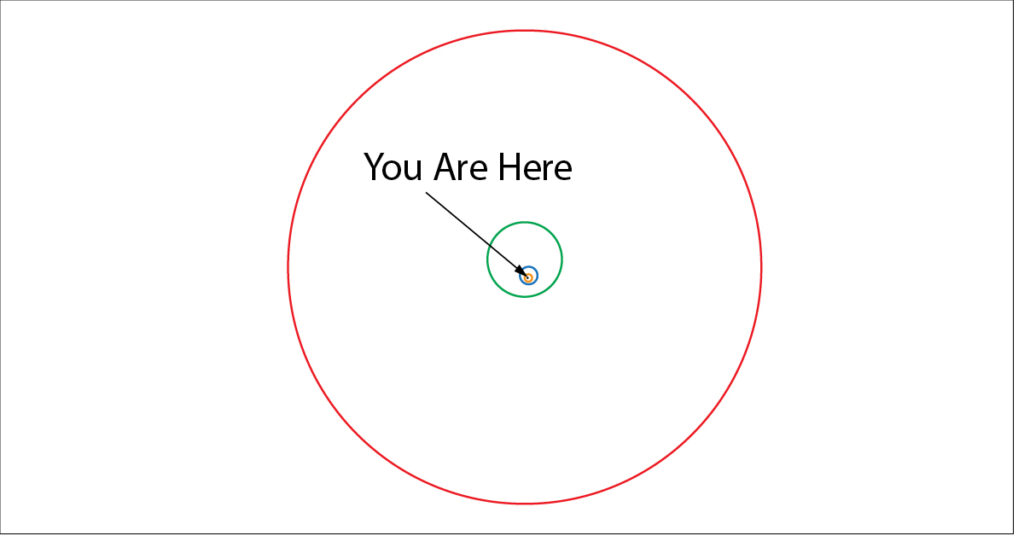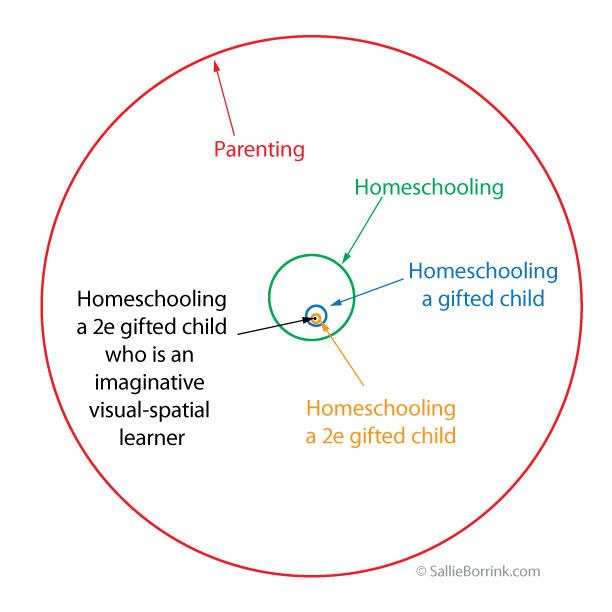Minecraft is a powerful learning tool. Although I was highly skeptical of it when my daughter first expressed an interest, our family’s experience with Minecraft completely changed my mind.
So can Minecraft be an educational tool? Absolutely. Should you integrate it into your homeschool planning? It can be done, but not in our home. I have, in fact, purposely resisted the temptation to turn Minecraft into an educational activity.
But wait. I just said it was a powerful learning tool and now I’m saying it’s not an educational activity in our home. What do I mean by that?
Educational Tool Versus Learning Tool
If you look up educational on Dictionary.com, it says:
tending or intended to educate, instruct, or inform
If you look up learning on Dictionary.com, it says:
the act or process of acquiring knowledge or skill
Wow. Do you see how different the two definitions are even though we often use the words interchangeably?
- Educational is about instructing. It’s about telling and imparting. It’s about one person telling someone else what she needs to know.
- Learning is the process of acquiring knowledge. It is about searching and discovering for yourself.
How To Make Minecraft Educational
The first thing adults (including homeschool parents) are apt to do when they find something popular with kids is try to figure out how they can turn it into an “educational opportunity” in order to make it more “worthwhile.” How can they use it to meet “educational goals” in a way that children will find fun?
In other words, how can the adults take something children like and co-opt it for their own adult purposes (which often are not in any way important to the children).
In this case, how can they make Minecraft educational?
I fell into this very trap. When Caroline got into Minecraft, I floated the idea that there are Minecraft printables, Minecraft math activities, Minecraft writing activities, and even Minecraft online classes that we could use that would be “fun” (and would accomplish “educational goals” at the same time although I did not say that to her).
She made it very clear to me that to make Minecraft educational was a Terrible Idea and that if I did that Terrible Thing she would be very upset with me.
So after I recovered from my surprise at how strongly she gave me a resounding no shot that idea to smithereens, I started to think about it. I thought my suggestion was a reasonable one for an adult to make. Child adores Minecraft = adult finds ways to incorporate Minecraft into other academic areas the child might find, um, less appealing.
But clearly the child thought it was a Terrible Idea. Very Terrible.
Minecraft As A Learning Tool
So I took a step back and looked at Minecraft as a learning tool. Which it is. It is impossible for kids to play Minecraft and not be learning all the time.
Minecraft is a wealth of learning activities completely as it is. I can’t even begin to guess how many real life skills Caroline has learned through playing Minecraft. It encompasses math, science, reading, problem solving, negotiating, researching, and on and on and on. Joining a private Minecraft group for group play has done more for her writing skills, spelling, and so on than anything else in her life. Once she wanted to learn those skills in a setting that mattered to her, she took off.
Trusting My Child To Learn
Educational is about instructing. It’s about me telling Caroline what she should be getting out of her Minecraft time. It’s me telling her what could or should be important in Minecraft.
Learning is about a process of acquiring knowledge. It is about Caroline trying all kinds of things to figure out what works. It’s about searching online for answers to what she wants to do. It is about higher level problem solving that is much more complicated than anything she would experience in a math or science textbook at her age.
Which is more powerful? Me imposing my desires on her game or her throwing herself into something where the learning opportunities truly never end?
So can Minecraft be educational? Yes. But the reality is that, in the quest to make Minecraft educational, adults might be stealing from kids the amazing learning opportunities it has to offer.
Caroline’s Must Have Minecraft Books
Minecraft: Essential Handbook Minecraft: Combat Handbook
Minecraft: Combat Handbook Minecraft: Construction Handbook
Minecraft: Construction Handbook Minecraft: Redstone Handbook
Minecraft: Redstone Handbook
Begin Understanding Your Child With My Short Ebook – Available Right Here in My Shop

